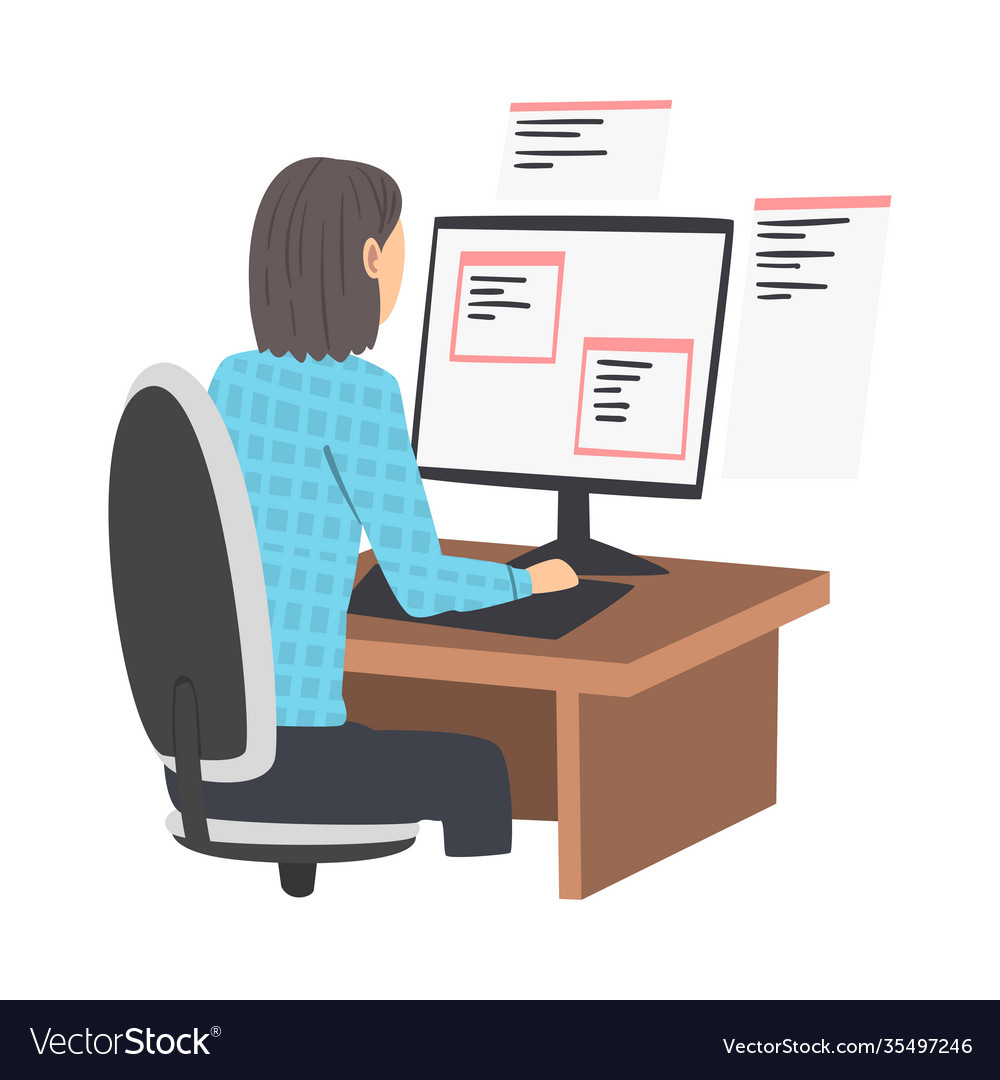Hire Dedicated Developers for Your Following Big Project with Confidence
Hire Dedicated Developers for Your Following Big Project with Confidence
Blog Article
Dedicated Developers vs. In-House Teams: Which Is Right for You?
The decision in between making use of specialized programmers and maintaining an internal team is a considerable one that can affect the trajectory of your jobs and total organization technique. Devoted programmers offer a degree of adaptability and customized know-how that can be advantageous for certain, temporary efforts. Alternatively, internal teams add to a cohesive company society and a nuanced understanding of long-term objectives. By analyzing important variables such as budget, job range, and preferred control, you can much better establish which technique straightens with your business needs. The effects of this selection extend past prompt results-- think about the broader impact on your company landscape.
Understanding Devoted Programmers
The growing demand for specialized skills in the technology sector has resulted in the appearance of dedicated designers as a viable remedy for several organizations. These specialists are typically contracted on a job basis, permitting firms to take advantage of certain experience without the lasting dedication related to full time hires. Dedicated designers are frequently embedded within a customer's team, offering adaptability and scalability to fulfill project needs.
This design permits organizations to access a global ability swimming pool, which is particularly useful in a swiftly advancing technological landscape. Dedicated developers can be sourced from numerous geographical places, guaranteeing that firms can find the appropriate ability established at affordable prices. They commonly bring a wide range of experience and knowledge, having dealt with diverse projects across various sectors.
Moreover, devoted programmers can focus solely on the tasks handy, boosting productivity and effectiveness. They are equipped to incorporate flawlessly right into existing operations, collaborating closely with internal groups to achieve project purposes. This strategy not only decreases the worry of employment and training however also permits organizations to stay active, adapting promptly to changing market demands and technical innovations.
Benefits of In-House Teams

Additionally, in-house groups tend to have a much deeper understanding of the firm's goal, worths, and goals. This placement can boost staff member engagement and motivation, as group members feel extra attached to their work and the organization's success. Additionally, having a devoted in-house team enables far better positioning of methods and purposes, as these members are regularly focused on the firm's top priorities.
Internal groups additionally facilitate quicker decision-making procedures, as they can react more quickly to adjustments and obstacles. The recognized connections and familiarity with business protocols enable streamlined process and lowered miscommunication. Eventually, the mix of a cohesive society, alignment with business objectives, and reliable communication makes in-house teams a beneficial property for many organizations, especially those wanting to grow lasting development and technology.
Expense Considerations
When reviewing expense considerations, both internal teams and devoted developers present distinctive financial implications for organizations. Involving dedicated developers normally entails a pay-per-project or hourly rate model, which can be cost-efficient for companies with rising and fall project demands. This approach enables versatility in scaling resources up or down, ensuring that firms just spend for the services they need.
In comparison, internal teams involve dealt with costs, including salaries, advantages, and overhead expenses such as workplace and devices. While this design offers better control and instant schedule of sources, it might lead to greater lasting expenditures, particularly if the work does not validate a full time staff.
Furthermore, business should consider the covert prices connected with recruitment and training of in-house workers, which can even more strain spending plans. In many cases, the time and resources spent on handling an in-house group can interfere with the company's core service goals.

Job Management and Versatility
Job management and flexibility are essential variables that affect the option between devoted designers and internal teams. Dedicated groups typically have actually established processes for taking care of jobs successfully, leveraging certain approaches like Agile or Scrum, which assist in repetitive progression and adaptability.

Ultimately, the selection in between committed developers and in-house teams rests on the desired level of versatility and the particular project monitoring needs. Companies should assess their operational dynamics, task complexity, and resource schedule to identify which option lines up best with their calculated purposes.
Making the Right Selection
Choosing the best growth strategy-- in-house groups or devoted designers-- needs a cautious evaluation of various factors that straighten with a business's strategic goals. software engineering staffing. Take into consideration published here the nature of the job. If it demands specialized abilities or a quick scale-up, dedicated programmers might be preferable. Conversely, internal teams can give much better continuity and integration with existing personnel.
Next, evaluate your budget. Devoted developers often present a cost-efficient option for temporary projects, while in-house teams might sustain higher long-lasting expenses as a result of salaries, advantages, and expenses expenses. Evaluate the level of control and cooperation preferred; internal groups typically foster more powerful communication and positioning with firm society.
If immediate outcomes are needed, devoted developers can be onboarded quickly, whereas developing an internal team takes time for employment and training. If continuous advancement is important, spending in an in-house team might yield better returns over time.
Conclusion
In final thought, the choice in between committed designers and internal teams hinges on job needs and business objectives. Alternatively, internal groups grow a natural culture he said and deeper alignment with long-lasting objectives.
The decision in between making use of dedicated designers and preserving an internal group is a significant one that can influence the trajectory of your tasks and general business method.Job administration and versatility website link are crucial variables that influence the selection between devoted programmers and internal groups. software engineering staffing.In comparison, internal teams may stand out in keeping a regular task monitoring framework due to their experience with the organization's culture and long-term goals. Devoted designers commonly present a cost-efficient option for temporary tasks, while internal teams might incur greater long-lasting expenses due to salaries, benefits, and expenses prices.In final thought, the choice in between in-house groups and specialized developers pivots on job needs and organizational purposes
Report this page